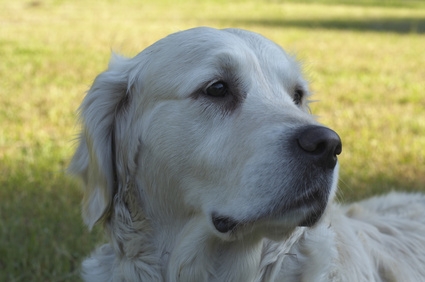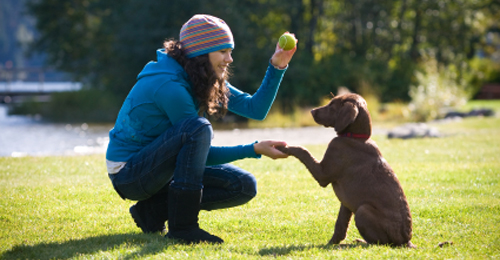Weimaraner training is not merely about teaching your dog to obey basic commands like sit, stay and down. Moreover, training involves socialization that aims to develop the dog's social relationship along with leadership, confidence, determination and consistency on your part.
There are lots of techniques reported to be effective in achieving every dog owner's dream of a properly-mannered pet. However, not all these are guaranteed to work on your pet given that dogs vary from the other, sometimes even though they are of the same breed. As owner, it is therefore your responsibility to determine which particular approach works best on your pet and the ones you ought to avoid.
1. Socialization is always the starting point.
Before working on complicated or even simple commands, socialize your dog first. Whether it's a puppy or an adult dog you adopted from the animal shelter, every dog has to adjust to the new atmosphere they're introduced into. If there are other pets in the house, introduce them on neutral territory and make the encounter pleasant if you can to avoid territorial and aggression issues later on.
2. Evaluate your pet's condition.
Your pet's condition can greatly impact the weimaraner training outcome. Although naturally energetic breed, you can't count on an old weimaraner to exhibit the same stamina as a young weimaraner does. Old dogs tire very easily while young ones can become unruly from time to time. Knowing your pet's condition can therefore help you figure out what training approach to use, the length of training per session and the difficulty of each activity.
3. Basic commands to prevent and eliminate behavior issues.
Teaching obedience commands will not only make you a proud dog owner. More importantly, these commands can prevent and eradicate various behavior issues like chewing, digging, jumping on and/or running after people and biting. For example, if you're working on getting rid of your pet's jumping issue, commanding him to sit and stay the moment you see him can prevent him from actually jumping. By doing the technique when the need arises, he will eventually figure out what is the right action to take.
4. Basic commands as the groundwork.
You can't just teach your furry friend the "roll over" command without teaching the command "down" or "stay". So before you dream of having a dog that can perform impressive tricks, better work on the fundamental commands first.
5. Encourage through recognition and rewards.
Positive reinforcement always works better than any other training strategies. By knowing your pet's desirable behavior and rewarding him for it, he'll be encouraged to repeat such behavior when opportunity comes since he knows that he'll be getting good things.
6. Penalty is not as important as correction.
The ideal time to alter your pet's behavior is when you see him in the act of doing the mistake, like urinating on spots other than you designated as his toilet. When this happens, take him to the designated area to finish. Penalty needs to be avoided at all costs for it will only bring more harm than good.
These tips may be very basic but when followed, can be very helpful in achieving successful weimaraner training.

 Service Dog Training Programs
Service Dog Training Programs
Service
Service Dog Training Programs
Service Dog Training Programs
Service
 Secrets To German Shepherd Coaching
Keep the courses sessions short but often. When things lose
Secrets To German Shepherd Coaching
Keep the courses sessions short but often. When things lose
 Free Potty-Training Tips for Female Pit Bull Puppies
Free Potty-Training Tips for Female Pit Bull P
Free Potty-Training Tips for Female Pit Bull Puppies
Free Potty-Training Tips for Female Pit Bull P
 The Toilet Training Spray for a Puppy
The Toilet Training Spray for a Puppy
The Toilet Training Spray for a Puppy
The Toilet Training Spray for a Puppy
 How to Night House Break or Train a Dog or Puppy
How to Night House Break or Train a Dog or Pup
How to Night House Break or Train a Dog or Puppy
How to Night House Break or Train a Dog or Pup